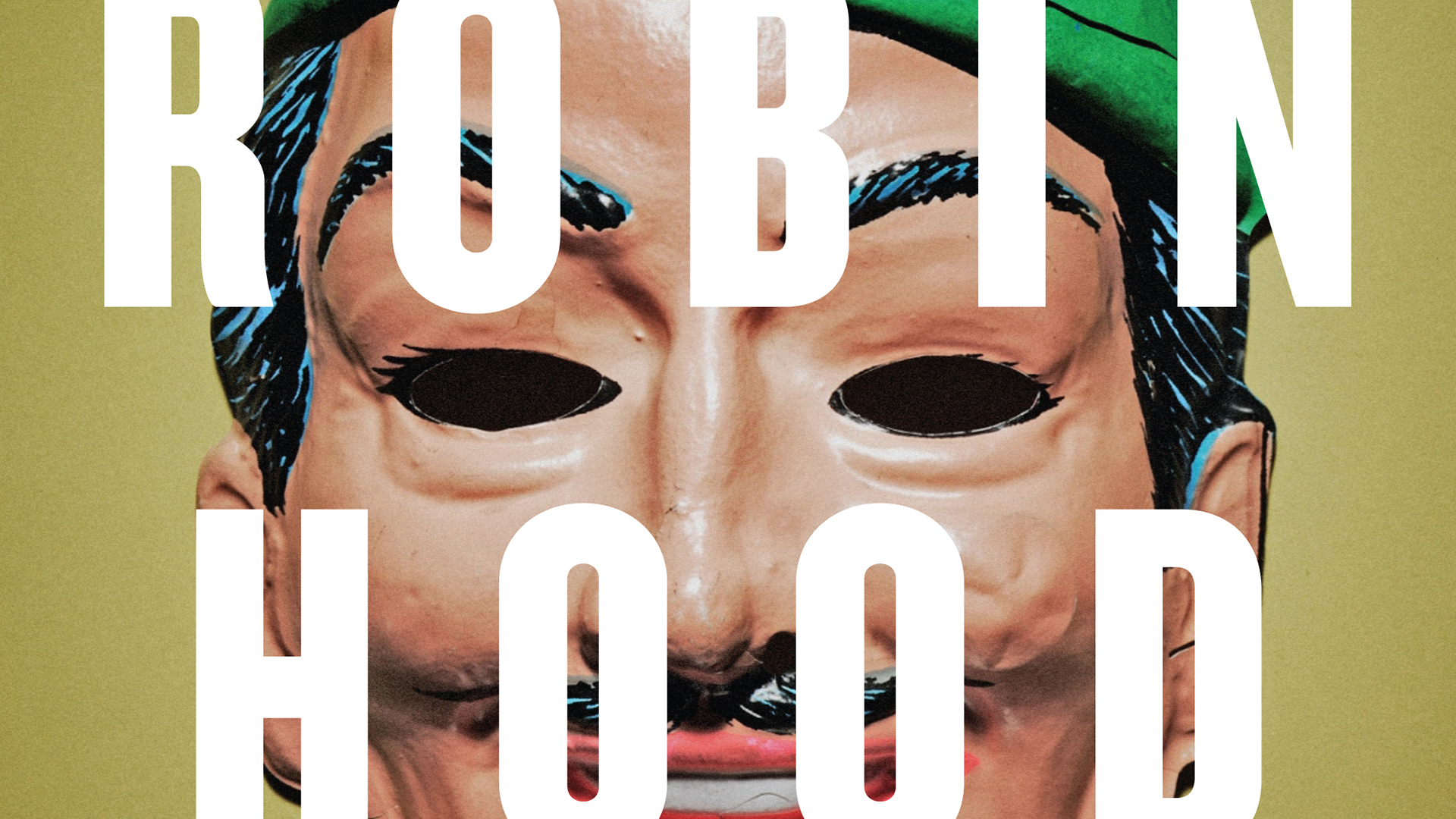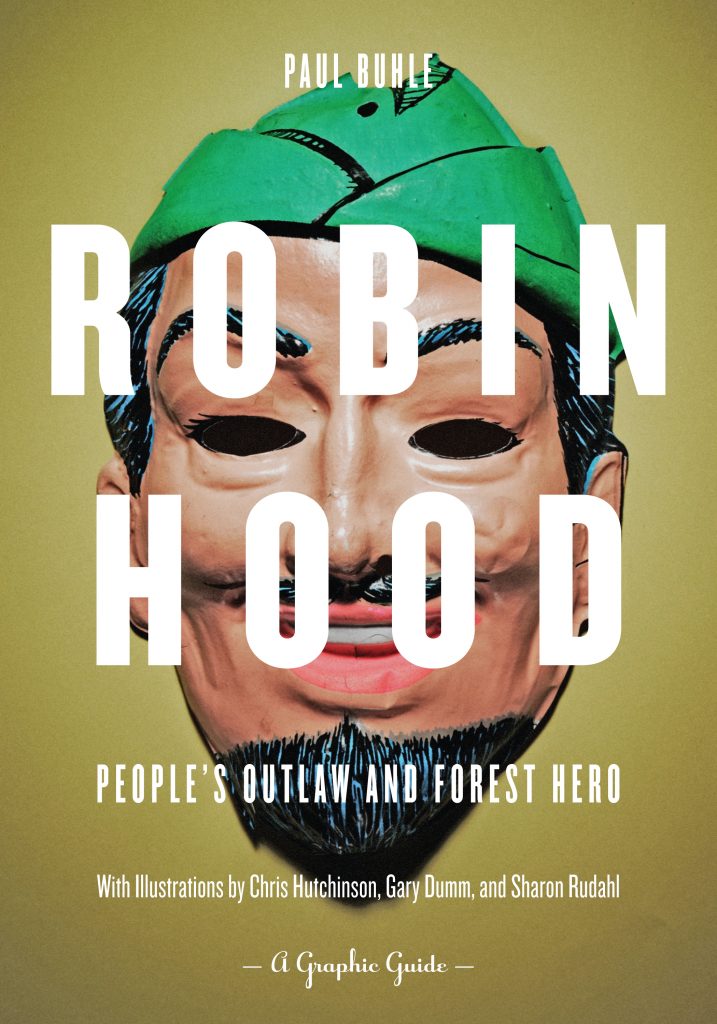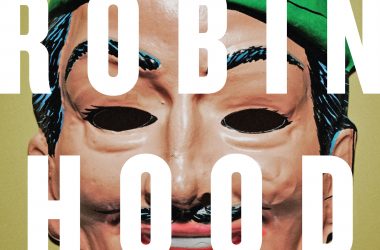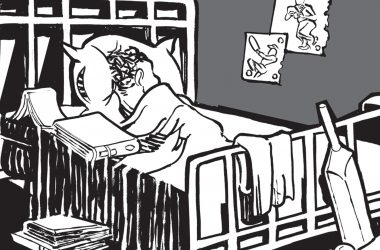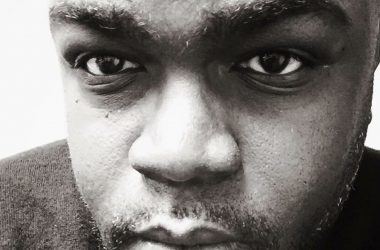The below is a radical memory of an unusual kind in some ways, but with many similarities to the memories of my New Left contemporaries in the outcome. Most self-identified radical activists from the early 1920s to the early 1960s were influenced deeply by the effects of the Russian Revolution: it was for them the defining event of the century. Not so the New Left that emerged by the middle 1960s, more influenced by the civil rights and peace movements, the counter-culture, feminism, environmentalism and the search for some kind of synthesis beyond previous models. In the interim, we future New Leftists wandered, reading eclectically, learning from those we met, and seeking to make our own decisions.
This memory ends with the savant that my SDS magazine Radical America
chose: C.L.R. James, the last great Pan-African giant, as many called
him. While insisting that he remained a Leninist, he was in every
important sense a syndicalist, and my circle sought somewhat
successfully to recover him from a relative obscurity and make his
ideas accessible in the US, the UK, Canada, the Caribbean and beyond.
My Story
San Francisco, June 1963: a bohemian sojourn/escape from college in Illinois and escape from Illinois, to a fleabag hotel in North Beach, a neighborhood rumored to be headquarters of the Beat Generation. Apart from the wondrous City Lights Bookstore, most of the scene had moved out or moved on by this time. Big disappointment (and too early for the Haight/Ashbury hippie scene, several summers later).
Still: I found myself at an educational meeting of the Socialist Labor Party, an amazing museum of a political organization. Founded in 1877 as the leading socialist organization in the US, largely German-speaking, it had fractured several times into a group of only a few thousand, and survived mainly by holding onto extended families of Central and Southern European immigrants over two and three generations. Its activities consisted of publishing and distributing a weekly newspaper; distributing up to a half-million leaflets in cities each year; and running candidates for office wherever possible, not in hopes of winning but rather using the elections for propaganda purposes. It frequently predicted the downfall of capitalism.
Several flights up in an aging building on Market Street, I found a little office with the title painted on the door and inside a university researcher (one of the few young members) presiding over a dozen or so mostly middle aged, blue collar folk talking about socialism in relation to current events as described in the Weekly People and in relation to the “holy writ” as passed down in SLP pamphlets costing a quarter. Two months later, I joined.
Shortly before the founding of the Industrial Workers of the World in 1905, SLP savant Daniel DeLeon (a former Columbia University lecturer, and a Sephardic Jewish native of the Caribbean island of Curacao) laid out the vision of the SLP for a future society. Never mind that the IWW had expelled him (purportedly, for being a lawyer) two years later. The vision continued in its original form in the SLP.
The future government of the US was to be reorganized along lines of workers’ control, Congress replaced by a functional non-state, with government and voting by occupational groups. There would be no need for army or police, presumably no need for prisons. The occupational groups, freed from the heavy hand of corporate power, would make rational decisions for themselves about work and share their decisions with other groups like themselves. With American capitalism gone, the rest of the world would follow. All this was illustrated in a slick canvas-like poster showing a larger circle with the occupational groups like points on a compass and the congress of workers’ representatives at the center.
I liked the idea enormously. Perhaps, I think, because I came from a strictly Republican family, with a
great-grandfather
farmer-abolitionist an enrolled Republican before 1860 (and then a
Civil War soldier marching with Sherman through Georgia), I grew up
suspicious of the “big state” and the Democrats’ support of the Big
Military. Large numbers of SDSers in the Midwest, by the later 1960s,
came from similar backgrounds: liberal Republicans, teachers, doctors
or other professionals for parents. (My father was a groundwater
geologist, finding water supplies for small towns and farms; my mother
was a nurse blacklisted for seeking unionization…something that did not
shake her Republican beliefs.)
Pretty soon, I had to leave San Francisco and go back to Illinois, but I remained in the SLP through the summer of 1964, collecting signatures in South Chicago for several weeks to get the party onto the ballot. Then the whole thing seemed too weird in a world rapidly changing. My earlier civil rights activity (the movement sprang up and then disappeared, in Champaign-Urbana) had prepared me to look for a movement, and the appearance of antiwar forums on campus gave me something beyond self-education (a BA thesis on DeLeon).
I took a trial subscription to a Trotskyist newspaper and I thrilled to the stories about Malcolm X, whom they ardently supported after Malcolm’s break with the Black Muslims and before his assassination (with the probable assistance of the FBI). The magazine Monthly Review, founded in 1949 by Marxist economists, became my bible. Monthly Review Press published books that explained, among other things mysterious to me, the “underdevelopment” of Third World countries as cases of exploitation, and US intervention as intended to keep these peoples prostrate for corporate intend. This made more and more sense as the Vietnam War heated up.
From the beginning as a reader, I didn’t accept the idea that the US working class was at a dead end and the Third World was going to provide the political energy. But there was no alternative in sight, or if it did exist, it was not around me (I’d joined the anti-invasion Hands Off Cuba Committee when I was in high school, from seeing a newspaper ad, but if there were meetings, I didn’t attend them).
Things began to happen very fast after the April national antiwar demonstration in DC, called by SDS. Someone cancelled a seat in the little plane going from Champaign to DC, and I was given that seat; I was suddenly a reader of the National Guardian (where I would be working in the summer of 1966), probably having picked up one in Washington. Back home, I went to some community organizing retreat that was held, perhaps, by SDS in the summer, 1965. New York rent strike leader Jesse Gray spoke. And in September, joined the reorganized campus SDS chapter (I think it had lapsed, or perhaps had only moved away from campus as part of community-organizing impulse in SDS; it was led by Norm Potter, SDS president Paul Potter’s brother). The Port Huron Statement, written in 1962 largely by Tom Hayden, meant a lot to me from the moment I bought it. This was a break from old Marxism, but for what I could not tell yet.
I was chosen to be moderator and spokesperson for the October, 1965, Speakout on the war, held locally at the new “free speech zone” on campus. For Champaign (where there had been no antiwar activity or any open radical activity since 1940) and we were successful beyond our imaginations. That is: a couple hundred people attended. (And I got the predictable death threats after, a normal thing where too few radicals were noted by the papers or spoke on TV, as I did for the local educational station.)
Why was I chosen? Later SDS leader Carl Davidson was to say, in a year or so, that “superintellectuals” were made spokespersons, while rank and filers turned out the newsletter, and that sounds right, if embarrassing to recall. But in this case, most or nearly all the SDS chapter members were Jewish, a contrast to being less than one percent on campus (and yet prominent in all liberal activities: Chicagoans still came south en masse because a campus in Chicago barely existed). I represented young Jewish radicals to the Gentile masses, because I looked like those Gentile masses. Perhaps it helped that I was tall and had a loud voice. A Yiddish interest in my future was set, although I didn’t guess it yet. I was busy fantasizing about a New Left International, with parties across the world, and a socialist academy (doubtless in New York) with me as a pedagogue or administrator.
The SDS that swept campuses during 1966-68 had no specific ideology, but “Student Syndicalism,” articulated best by National Secretary Greg Calvert, came closest by far. Students were to make their own decisions, take part in deciding curriculum, support their teaching assistants seeking to form unions, and in general, work to create a society de-centralized by its nature, with “participatory democracy” as the rule.
This idea owed nothing to Daniel DeLeon and the Socialist Labor Party but it was not so far away from the widespread vision, before the Russian Revolution, that the political State would not necessary for the future society. The idea was not “socialist” or “anarchist” or anything else spelled out in the leftwing vocabulary. In the Midwest, it may have owed much to the antiwar, isolationist sentiment that had been powerful at the time of the First World War, before repression of war resisters, had returned in the later 1930s with fears of the militarization of society (even when war against Hitler was necessary), and in the later 1940s, when Harry Truman set out the American aim as military occupation of the entire globe.
Descendents of the “Old Right” found themselves at home with the descendents of liberals, socialists and communists, all of us against the Draft, the War, and the Empire (that is to say, our Empire). In grasping Syndicalism early, I had prepared myself for my happiest days in the New Left, the magazine that I would launch (Radical America, 1967-92) and for some years edit, and a larger determination to find alternatives outside of the “Old Left” lexicon.
I “discovered” CLR James or rather the importance of his writings, at an SDS convention in 1966, and much of what Radical America did was inspired by his example and his ideas. Author of The Black Jacobins, the first history of the successful slave revolt in the New World, James (known in the UK as “The Black Plato”) was a profound thinker on philosophy, labor, sports and culture. Old as the century, he became a fabulous speaker on campuses in the early 1970s, and his vision of a de-centralized democracy outstripped Leninist visions of the future even as he claimed to remain a disciple of Lenin. He updated my understanding of syndicalism, brought the peasantry into the picture along with nonwhite peoples of the ThirdWorld , and restored the vigor of Marxism in so many ways. That a workforce of nonwhites, immigrants and women was to be the future—CLR James saw it, and we came slowly to recognize what he had meant.##

